Washington, DC is home to many iconic American buildings, which have been immortalized in films ranging from classics like Mr. Smith Goes to Washington and Citizen Kane, to blockbusters such as Independence Day and Forrest Gump. While the White House and the Washington Monument might have more worldwide fame, the U.S. Capitol is perhaps the most symbolic of our citizen-led government.
George Washington, who was elected our first president in 1789, laid the first locally-quarried stone of the Capitol’s foundation four years later. The building was to be the home of the United States Congress, which held its first meeting in the Capitol in 1800. In an effort to take back control of the wayward former colonies and destroy the new democracy, British troops set fire to the building during the War of 1812, though they were ultimately unsuccessful thanks to a timely rainstorm. The Capitol was rebuilt, and later enlarged, with a gleaming new dome added on top. Some of the original columns, which were removed during reconstruction, are now on display in the National Arboretum.
The Capitol dome is 209 feet shorter than the Washington Monument, which law stipulates must be the tallest building in DC. Another fun fact about the dome: although it looks like stone, it’s actually made with nearly nine million pounds of cast iron!
Amazingly, the U.S. Capitol is open to the public, with free guided tours beginning in the large underground Visitor Center. After watching a patriotic film about the history of the Capitol and its cultural significance, visitors are led through three of the most historic rooms in the building. We began in the Crypt, a basement chamber originally intended to be the tomb of George Washington, but left empty. (According to his will, Washington wanted his final resting place to be at his home, Mount Vernon.) Thirteen statues line the walls, one from each of the original thirteen American states.
We also visited the original meeting place for the House of Representatives, the Old Hall of the House, which was used until 1857. The half-moon shaped room is lined with stately Corinthian marble columns and gold-and-burgundy brocade drapes. A massive chandelier hangs from a central skylight, through which the sun glints off the ornately carved and gilded ceiling.The black-and-white tile floor is interspersed with bronze squares which mark where the original congressmen had their desks. The strange acoustics of the room are such that whispers can be heard from one corner to another, which our tour guide showed to be true over the tourist commotion filling the space. I can only image the arguments – and the ensuing duels – this led to when one representative overheard an untoward remark!
Today, the room is known as the National Statuary Hall, and is filled with 37 statues of historically notable men and women, including Daniel Webster, Brigham Young and Rosa Parks. (There are 100 statues throughout the Capitol – two from each state.)
But the main draw of a Capitol tour is visiting the Rotunda, the large circular chamber directly beneath the dome. The carved-sandstone chamber is a showcase for important works of American art, including four large paintings by John Trumbull depicting significant scenes from America’s Revolutionary War. The other four paintings represent moments in American exploration such as the landing of Columbus and the embarkation of the early Pilgrims.
The dome itself is a masterpiece, featuring a fresco and frieze by Constantino Brumidi. The central fresco depicts George Washington in the heavens surrounded by women who represent Liberty, Victory and the original thirteen states. The frieze circling the base of the dome illustrates key events from U.S. history, such as the discovery of gold in California and the Wright brothers taking flight.
The Rotunda is only used for ceremonial events, such as the lying in state of American presidents and eminent citizens. The velvet ropes strung through the center keep a clear path for Capitol staff who may need to race from one end to the other.
An underground tunnel leads from the Capitol to the Library of Congress, which is quite possibly the most beautiful building in all of DC. We literally gasped as we emerged from the hospital-like tunnel into the dazzling Great Hall of the Library’s Thomas Jefferson Building. It is a Beaux Arts tour de force, from the marble floors to the brilliantly colored stained glass ceiling. A monument to knowledge and intellectual achievement, the names of esteemed writers and fields of study are etched onto the walls. Opened in 1897, the Library was the first building in Washington, DC to be constructed with electricity installed.
Twin marble staircases lead up to a mezzanine level boasting an arcade of Corinthian columns and elegantly painted walls and ceiling. An intricate mosaic of Minerva, the Roman goddess of knowledge, guards the entrance to a gallery overlooking the Main Reading Room.
Originally, a small legislative library was housed in the new U.S. Capitol, but it was lost when British troops set fire to the building. Thomas Jefferson, who was president at the time and an avid learner, offered up his own personal collection of 6,000 books to start a new national library.
Today, the Library of Congress is a world-renowned center of research containing nearly 160 million artifacts, including over 36 million books and 69 million manuscripts. It holds the largest collection of rare book in North America and the largest assemblage of legal materials, films, maps, sheet music and sound recordings in the world. The Strand Bookstore in New York City claims to have 18 miles of books; the Library of Congress has 838!
Be sure to walk down the block to see the appropriately imposing U.S. Supreme Court, the final arbiter of constitutional law. The building is open to the public during weekdays, even when court is in session. On weekends, you can race up the stairs with the other tourists, pretending to have important business inside.
Capitol Tour Information Hours: Tours are given Monday - Saturday from 8:50 am - 3:20 pm. Passes: Tours are free, although passes are required. Same-day passes may be available at the Visitor Center, but you can skip the line and avoid disappointment by booking your tour online here.
Would you like to tour the Capitol? What’s the prettiest government building or library you’ve ever seen?






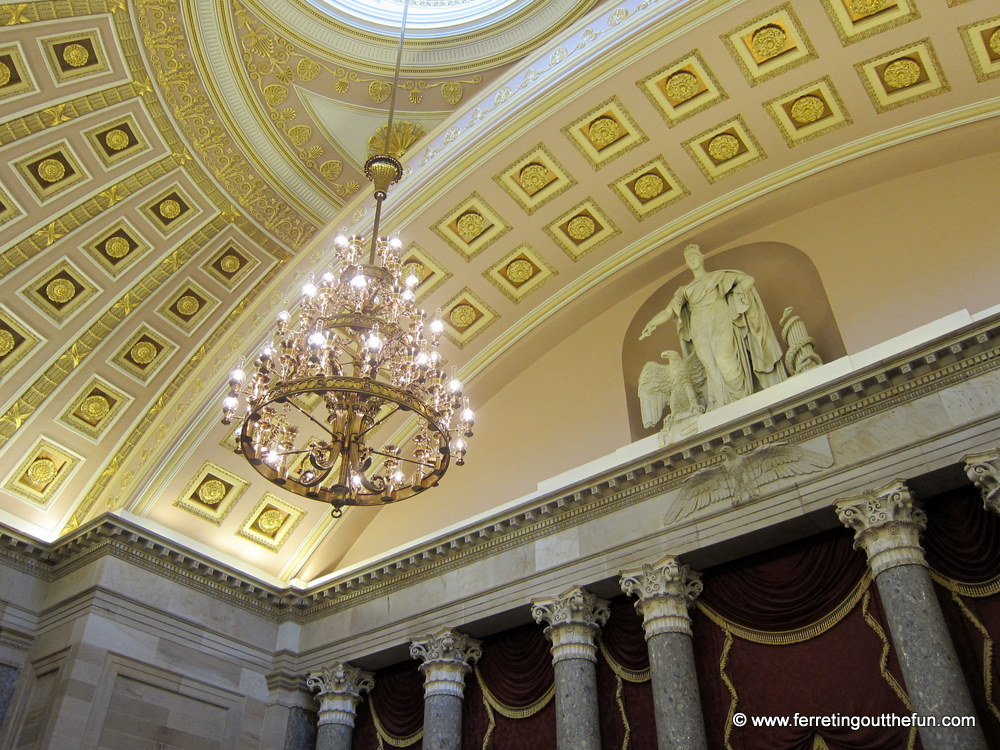




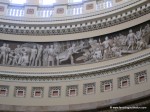
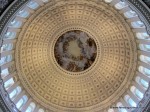
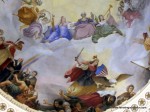
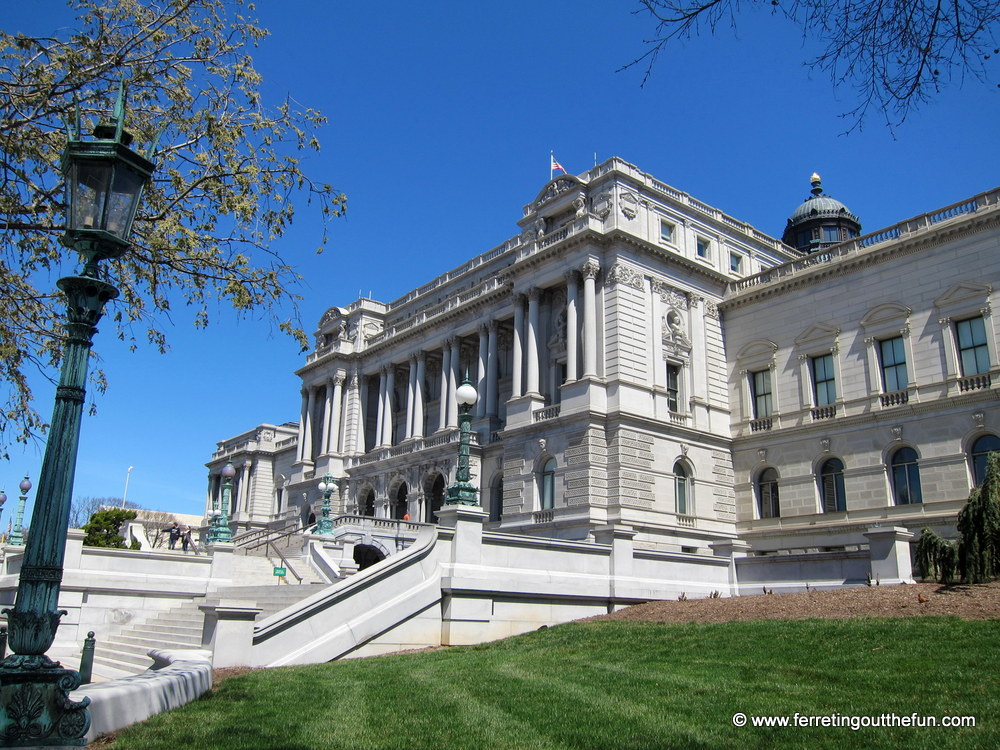

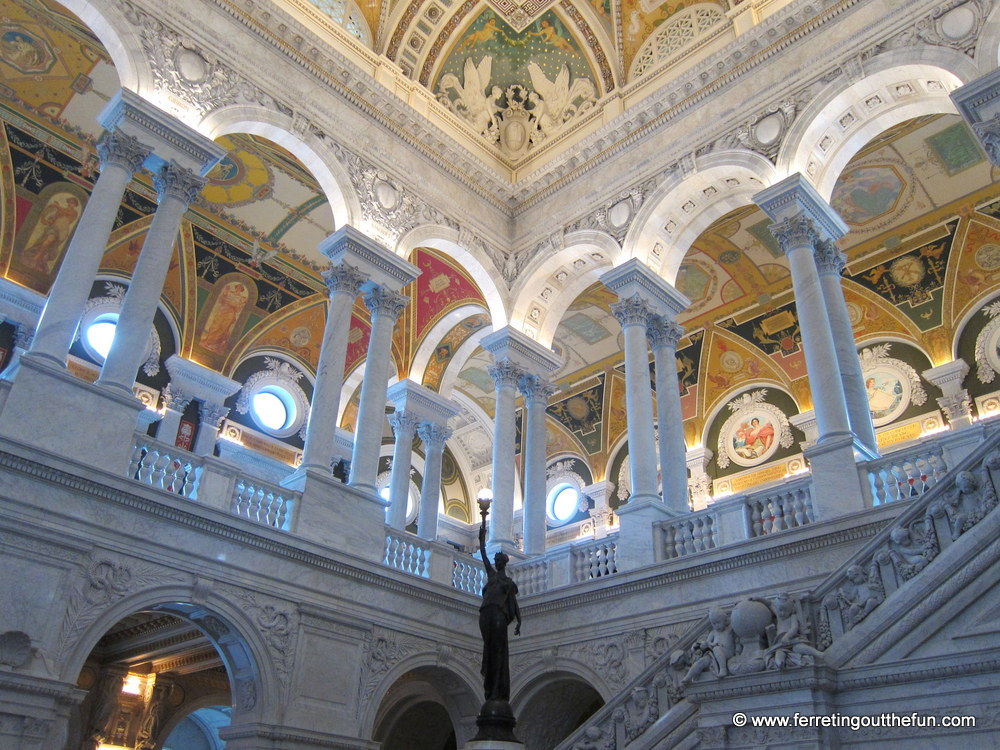


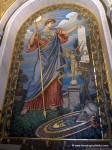
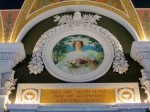
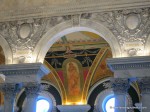




What gorgeous photos! The Capitol looks better here than it does in most movies (but then again perhaps those are sets). I can’t fault governments for trying to save money and spend responsibly but there’s something to be said for investing in beauty, awe and the ‘beaux arts’. The Capitol does indeed look worth a tour. I must try to get to DC sometime, preferably during cherry blossom time.
Thanks so much, Lesley! I’ve actually read that it’s getting very difficult for movie crews to film the Capitol because the police won’t let them get anywhere near the building. It’s a shame because it’s such an iconic place. They definitely don’t make buildings like they used to.
I just love your pictures of the Capitol building framed by Japanese Cherry blossoms!!! I was fortunate enough to tour the Capitol a few years ago and I’ve always remembered how grand it is. I haven’t made it to the Library of Congress yet but it looks equally stunning.
Thanks, Karisa! Amazingly, this was my first time in either building and I was completely blown away by their beauty!
I would LOVE to visit here. Actually, I think I might next year for the cherry blossoms, too! That library…that many miles of books! WOW!
I know, isn’t it amazing?! I would LOVE to see some of the rare first editions they have. The Library also offers free tours but I haven’t gone on one yet. I hope you get to visit next year!
Wow the Capitol Building looks amazing, I’d love to visit. I can’t believe it houses 36 million books – that’s crazy! Looks like you visited on a beautiful day, your photos are great!
Thanks, Christie! I hope you get to visit someday 🙂
DC is gorgeous! All the pictures are clicked very well. Thanks for the insights too!
Thanks, Renuka! DC really is a pretty city!
I’ve only been to DC once, and it was during grey and dreary November while attending a conference, so I didn’t get to see many of the sights. I would LOVE to be in DC for cherry blossom season—the sky is so blue & the blooms are so pretty!—and I’d really love to check out the Library of Congress. I admit, I was so exhausted during our time in DC that when Tony forced me to go visit a portrait gallery of some kind, I totally wound up taking a nap on one of the sofas in the lobby… Travel fail!
If it makes you feel any better, I fell asleep on a bench inside Windsor Castle. It was my first trip abroad and my jetlag was so acute I hadn’t slept in three days!
DC’s cherry blossom season is truly beautiful, though the weather can be quite unpredictable. As I type this, I’m looking out my window onto a grey and rainy day. The good thing about living here is that I can run outside and snap some photos to capture those fleeting blue skies! 🙂
I bet this place looks its best in spring. The first snapshot of cherry blossoms and the DC Capitol building in the background took my breath away! <3
Thanks, Agness! It’s true, DC is prettiest when surrounded by spring blooms 🙂
Beautiful photos! I have yet to explore the sites in DC but would love to. The Smithsonian especially.